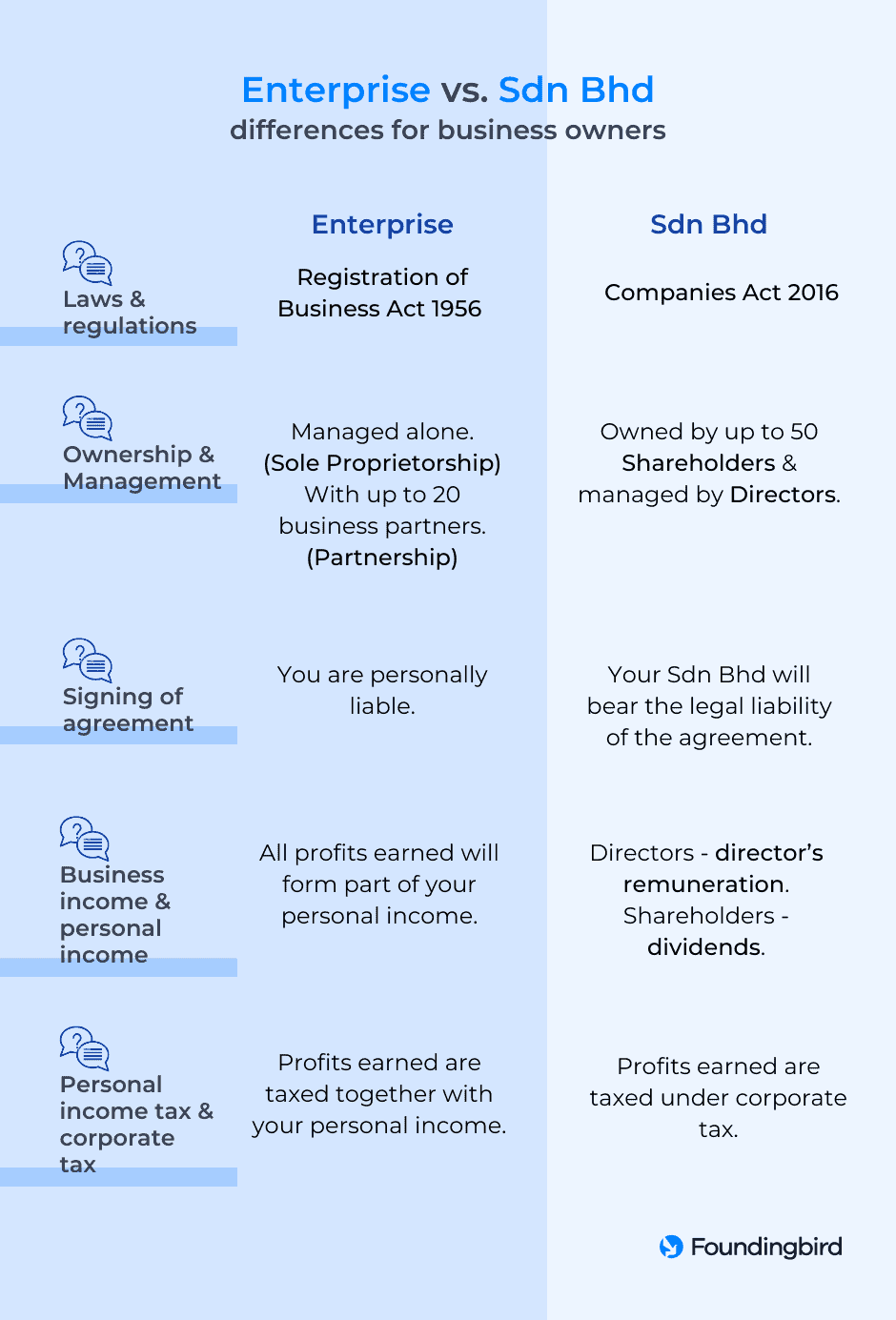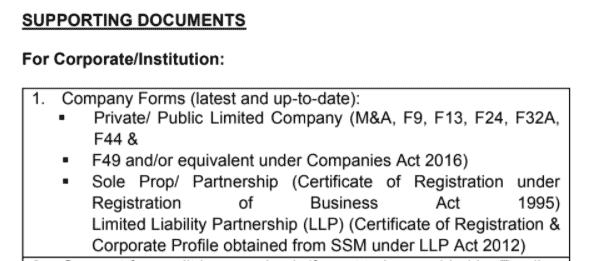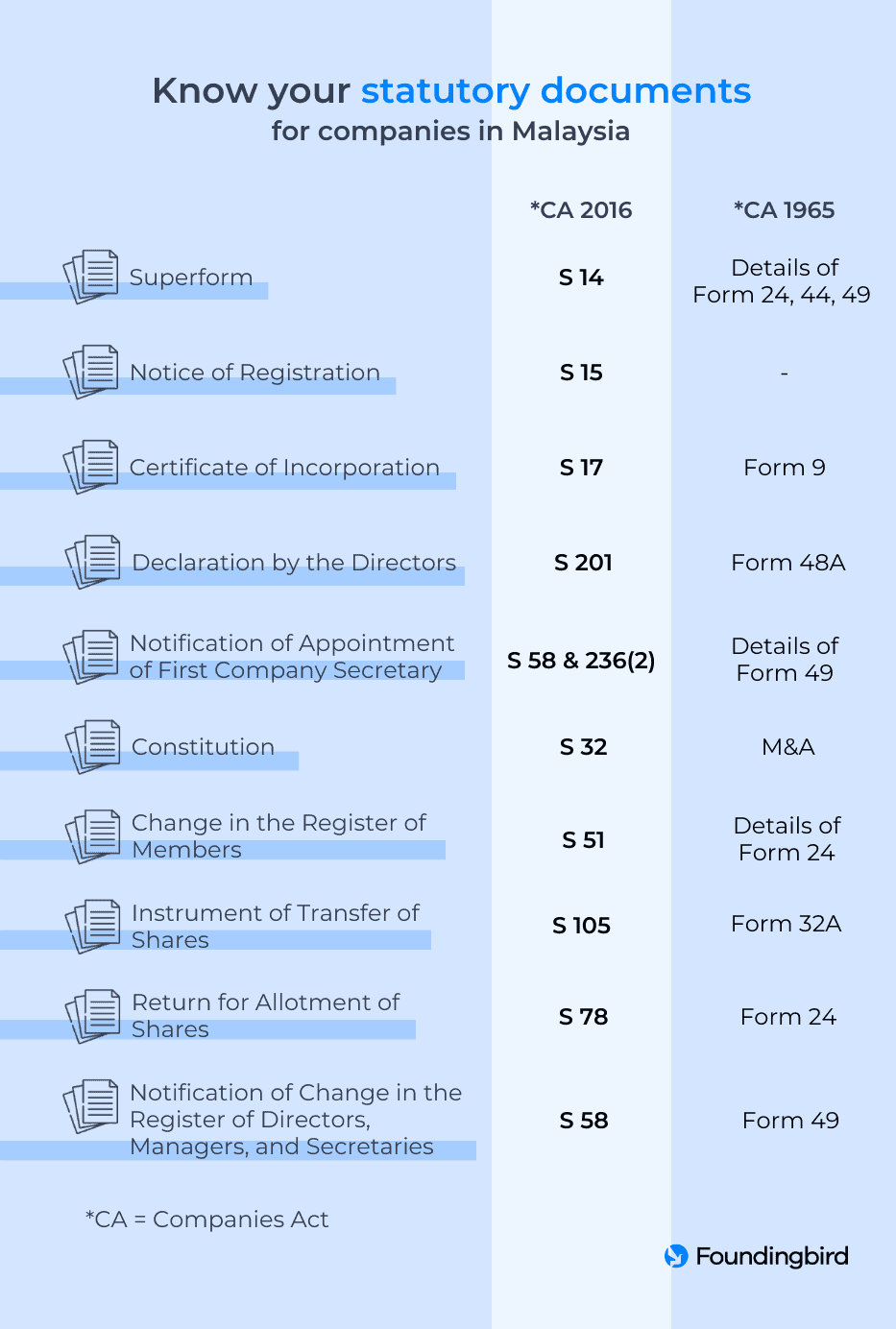Procurement is the process where a company sources for and purchases products or services for internal or external uses. Depending on the company’s size and procurement flow setup, the procurement process can be as simple as comparing several stationery shops to decide on which one to buy printing papers from, to buying printing paper in bulk from a manufacturer, which could involve multiple approval stages before the process could be completed. By digitalising the procurement process through the implementation of an e-procurement platform, companies can manage procurement more efficiently.
Save time with no paperwork – digital documents and software integration
For large companies, manually compiling the purchasing needs of multiple departments and branches via paperwork and Excel sheets can prove extremely time-consuming. This method of handling large quantities of data also makes the procurement process more prone to human errors. Here’s how an e-procurement platform removes the need for paperwork in the procurement process:
- Each department or branch has access to the same e-procurement account while the company management still maintains control through the approval of purchases on the platform.
- From purchase orders to invoices, all documents are digitalised and clearly laid out on the e-procurement platform, making it easy for the accounting department to make payment.
- The integration of an e-procurement platform and accounting software further reduces processing errors and makes data entry redundant since all purchases are automatically recorded into the company’s accounting system.
Save cost through consolidating purchases – right price with the right suppliers
With multiple departments or branches, there is a high probability where the same products or services are needed such as office supplies, cleaning services, and pantry items. Through consolidating purchases on an e-procurement platform, the company gets negotiation power for making bulk purchases, besides avoiding the accounting disaster of having the same item being bought at different prices for the same company.
It is convenient for the company to have a list of suppliers for different purchases needed so that sourcing does not need to be done over and over again. Moreover, having a good relationship with the suppliers through consistently buying a good volume helps obtain a better offer in the long run as well.
Get better spending visibility – know what your company is buying
An e-procurement platform provides spending analysis which helps companies to understand procurement patterns in terms of what has been bought, when it was bought, how frequently it was bought, who bought, how much was spent, who was the supplier, etc. This allows the company to:
- Create reports on the spending patterns of departments or branches for future reference.
- Identify cost-saving opportunities such as costs to cut and price negotiation.
- Make better-informed procurement decisions based on data analysis.
Improve budget and procurement compliance
In order to optimise procurement, compliance is needed to ensure that each purchase made is reasonable and can be fulfilled within the fixed time frame. These are some common rules that can be easily achieved using an e-procurement platform:
- Pricing comparison – Multiple quotations can be generated with a click to compare pricing of different vendors at a glance.
- Supplier check – The company can keep an optimal number of suppliers in the e-procurement platform to avoid the risk of shortage and delays which could incur higher costs.
- Budget control – The decsion-maker of the company can approve or reject each purchase request from departments or branches according to the budget limit and needs.
- Purchase Order (PO) cycle duration – With digital approval processes, time taken to place a PO is reduced so that the products or services needed can be obtained as soon as possible.
Manage multiple suppliers on one platform
Through an e-procurement platform, the company can manage suppliers all in one place without having to go to various channels like emails, phone calls, or even fax which can cause ordering errors. Each supplier can be categorised using the Kraljic Matrix as follows:
- Leverage items – Items that are essential for business with plenty of supplies in the market.
- Strategic items – Items with high-profit impact with not many suppliers supplying these items.
- Non-critical items – Items with low-profit impact with many suppliers in the market.
- Bottleneck items – Items with low-profit impact with not many suppliers supplying these items.
With an e-procurement platform that is linked to a marketplace, payment can even be made once without having to pay multiple vendors at the same time, reducing cash payments.
Leaving procurement unmanaged can hurt your company’s finances indirectly as it leaches cash unnoticeably over time. Setting up an e-procurement process may seem like a hassle at the beginning, but as soon as the process is set in motion, steps from sourcing to invoicing approval will come together in an organised way that makes procurement efficient in your company.
———
Special thanks to Supplycart for the content collaboration on this article. Supplycart is an e-procurement platform integrated with a B2B marketplace that simplifies procurement for businesses through a single platform.



















